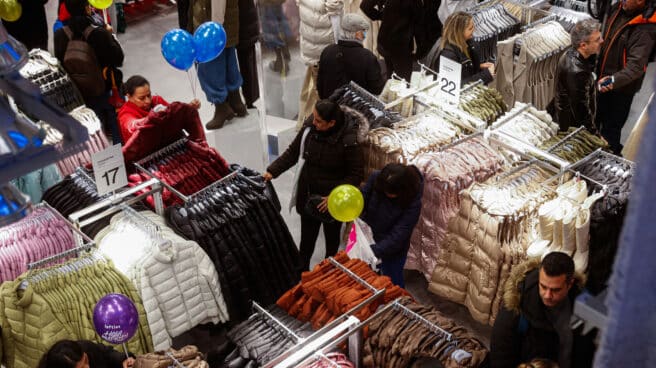

Opening of the world’s largest Lefties store in the center of Madrid.

textile trade look anxiously at the last stretch of the year and how the impact of inflation on consumers’ pockets can cause sales to fall in the most important campaign for a business. So far, November sales are up 6.1% year-over-year. And the balance of the year shows an improvement of 13.6%.
But loss household disposable income and strategies for preservation customers cause a scenario of uncertainty regarding the evolution of demand during these Christmas.
The bulk of sales last month coincided with a discount campaign related to black Friday. And colder weather, as for this time of year, stimulated purchases of clothing and accessories.
Now Christmas Campaignthey say from textile employer Acotex, “This is presented with some uncertainty as customers have less money in their pockets due to increases in electricity, gas, gasoline, basket, etc. and they use the available retan mainly for food and paying for supplies and mortgages.
Faced with complete pessimism, they cling to the fact that traditionally, customers tend to give gifts where the fashion is, and that they tend to repeat themselves this summer.
But on a global scale, the omens for next year are not the most positive. 56% of fashion industry leaders believe that the situation will worsen in 2023. This is according to the latest edition of The State of Fashion 2023 by The Business of Fashion and McKinsey.
The report points to industry slowdown in a context marked by the war in Ukraine, rising inflation and supply chain pressures. 85% of fashion executives surveyed expect inflation This will be a big problem, and 58% believe that the energy crisis will continue to weigh on the market.
On the contrary, they see some room for growth. For example, in the segment luxury fashion Global growth is expected to be between 5% and 10%, compared to a 2-3% drop seen in the rest of the sector.
From Acotex they request ptax credit and tax levies that target both businesses and families so they have more disposable income and can spend more.
Source: El Independiente